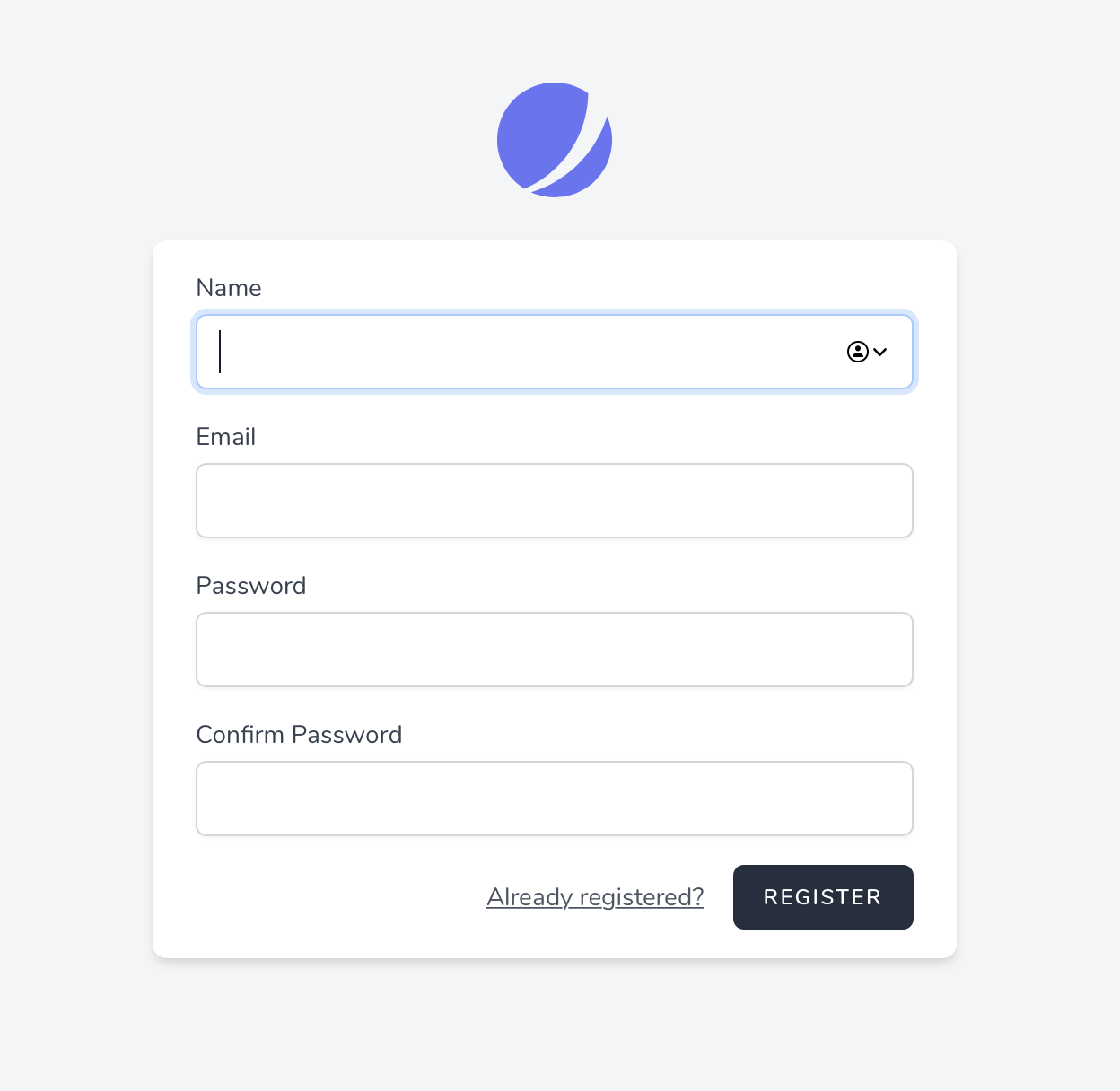# Authentication
# Introduction
Laravel Jetstream automatically scaffolds the login, two-factor login, registration, password reset, and email verification views for your project. For simplicity, regardless of the stack you choose, these templates are written in Blade and do not use a JavaScript framework.

# Laravel Fortify
Under the hood, the authentication portions of Jetstream are powered by Laravel Fortify, which is a front-end agnostic authentication backend for Laravel.
When Jetstream is installed, the config/fortify.php configuration file is installed into your application as well. Within this configuration file, you can customize various aspects of Fortify's behavior, such as the authentication guard that should be used, where users should be redirected after authentication, and more.
In addition, you can disable entire features of Fortify, such as the ability to update profile information or passwords.
# Views
Regardless of the stack chosen for your application, authentication related views are stored in the resources/views/auth directory and are Blade templates. You are free to customize the styling of these templates based on your application's needs.
# Actions
As typical of most Jetstream features, the logic executed to satisfy authentication requests can be found in an action class within your application.
Specifically, the App\Actions\Fortify\UpdateUserProfileInformation class will be invoked when the user updates their profile. This action is responsible for validating the input and updating the user's profile information.
Therefore, any customizations you wish to make to this logic should be made in this class. The action receives the currently authenticated $user and an array of $input that contains all of the input from the incoming request, including the updated profile photo if applicable.
# Password Validation Rules
The App\Actions\Fortify\CreateNewUser, App\Actions\Fortify\ResetUserPassword, and App\Actions\Fortify\UpdateUserPassword actions all utilize the App\Actions\Fortify\PasswordValidationRules trait.
As you may have noticed, the App\Actions\Fortify\PasswordValidationRules trait utilizes a custom Laravel\Fortify\Rules\Password validation rule object. This object allows you to easily customize the password requirements for your application. By default, the rule requires a password that is at least 8 characters in length. However, you may use the following methods to customize the password's requirements:
(new Password)->length(10)
// Require at least one uppercase character...
(new Password)->requireUppercase()
// Require at least one numeric character...
(new Password)->requireNumeric()
# Email Verification
Laravel Jetstream includes support for requiring that a newly registered user verify their email address. However, support for this feature is disabled by default. To enable this feature, you should uncomment the relevant entry in the features configuration item of the config/fortify.php configuration file:
'features' => [
Features::registration(),
Features::resetPasswords(),
Features::emailVerification(),
Features::updateProfileInformation(),
Features::updatePasswords(),
Features::twoFactorAuthentication(),
],
Next, you should ensure that your App\Models\User class implements the MustVerifyEmail interface. This interface is already imported into this model for you.
Once these two setup steps have been completed, newly registered users will receive an email prompting them to verify their email address ownership.
